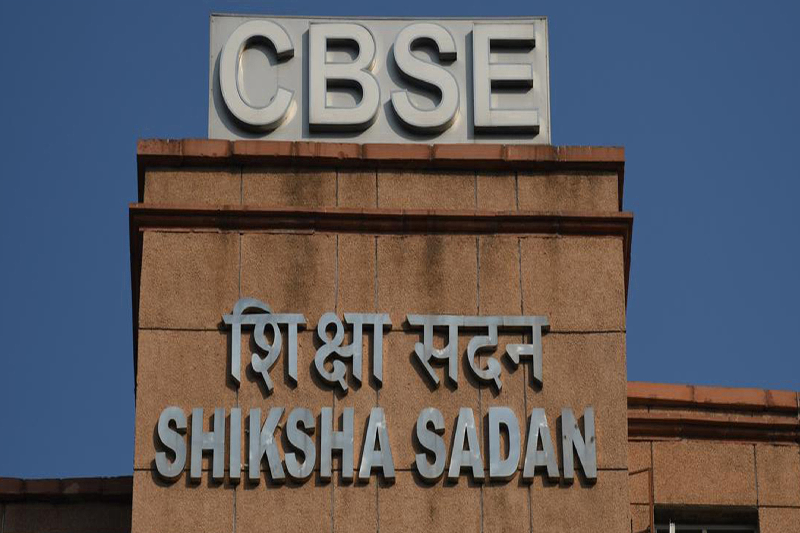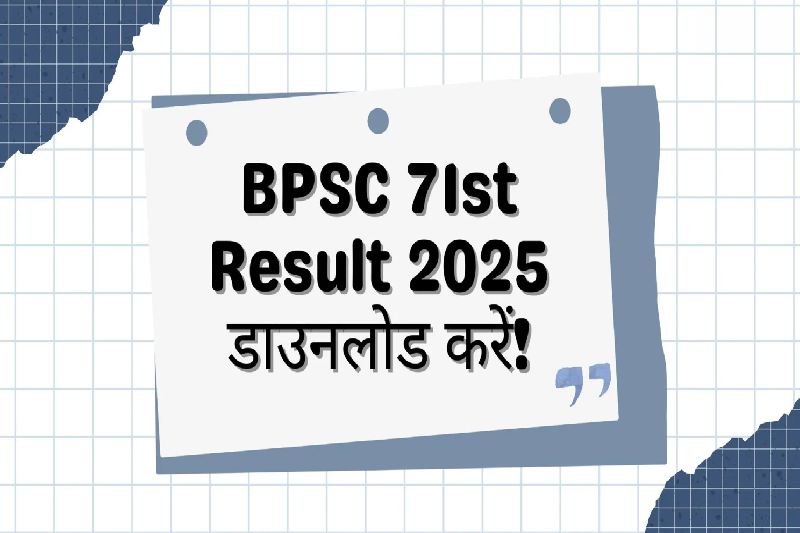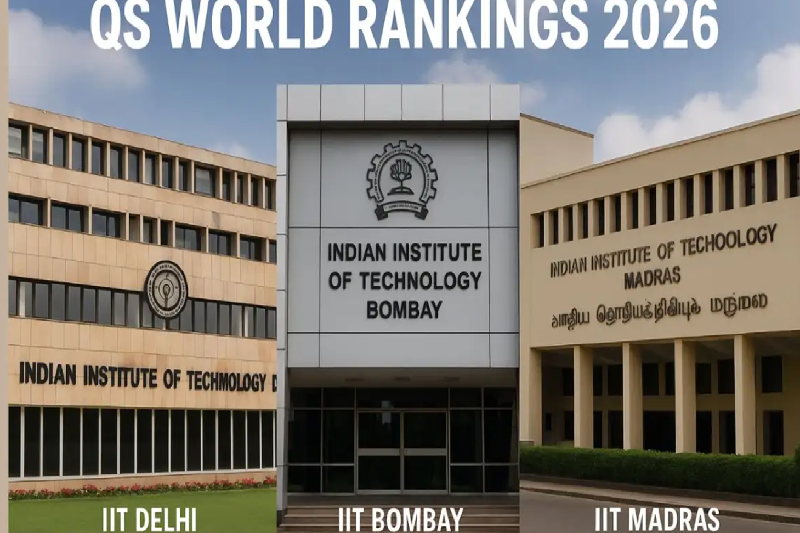
CBSE Issues Crucial Guidelines for Schools on Board Exams 2026: Key Updates You Must Know
The Central Board of Secondary Education (CBSE) has issued a significant notification to all affiliated schools regarding the submission of the List of Candidates (LOC) for Classes 10 and 12 appearing in the 2026 board examinations. This directive marks an important shift, especially with the introduction of the two-board examination policy for Class 10, making it crucial for schools, students, and parents to carefully understand the new requirements and timelines.
LOC Submission: A Non-Negotiable Step
CBSE has made it clear that only students included in the LOC will be permitted to appear for the 2026 board examinations. Schools have been instructed to ensure complete accuracy and punctuality in the submission process, as the Board will not entertain excuses for incorrect or incomplete entries once deadlines pass.
This year, the LOC will carry additional significance for Class 10 candidates because of the new two-board exam policy, which divides the academic year into two assessments. The main examination in February 2026 will be compulsory for all Class 10 students, and schools are expected to include every candidate in the LOC.
Mandatory Linking of APAAR IDs
In line with the government’s push toward digital integration, CBSE has directed schools to link each student’s APAAR ID (Automated Permanent Academic Account Registry) while submitting data. This step is expected to streamline student records and bring greater transparency to the system. However, institutions abroad have been given exemptions from this requirement due to jurisdictional limitations.
Strict Adherence to Deadlines
CBSE has underlined that timelines for data submission and fee payment will be strictly enforced. For schools in India, the schedule is as follows:
- Normal Fee Submission: August 29 to September 30, 2025
- Late Fee Submission: October 1 to October 11, 2025
Payments will be accepted only through digital modes, eliminating manual processes. This transition is aimed at ensuring faster, more reliable transactions and reducing administrative delays.
Orientation Sessions for Parents and Students
The Board has instructed school principals to conduct orientation sessions for both students and parents. These sessions should focus particularly on explaining the second Class 10 board examination scheduled in May 2026 under the new dual-exam framework.
Through these interactions, CBSE expects schools to clarify key details, help parents understand the policy changes, and reduce confusion regarding student obligations.
Zero Scope for Errors
Accuracy in student records is non-negotiable. Schools must carefully verify personal details, subject codes, and categories before submitting the LOC, as no corrections will be permitted once the deadline expires.
To help schools validate entries, CBSE will generate a data verification slip for each candidate in October 2025, allowing for limited corrections before records are finalized. This slip is expected to act as an additional safeguard against errors and omissions.
Special Provisions for CWSN Candidates
CBSE has confirmed that Children With Special Needs (CWSN) will continue to benefit from dedicated provisions. For 2026, a new portal will be launched to allow schools to upload CWSN-specific data before the LOC deadline. This system is designed to ensure smoother processing and timely allocation of special accommodations.
New Rules for Newly Affiliated Schools
Newly affiliated CBSE schools have been instructed to complete their registration on the OASIS and HPE portals before uploading LOC data. Without these registrations, schools will not be able to proceed with the submission process, which could directly affect their students’ eligibility for the exams.
Linking Candidate Numbers to Teacher Strength
In a move to strengthen the evaluation process, CBSE has mandated that the number of candidates sponsored by each school must be proportionate to their teacher strength. This ratio will directly impact the appointment of evaluators, ensuring that teacher resources are distributed fairly and effectively during the assessment process.
No Scope for Post-Deadline Modifications
The Board has issued a firm warning that requests for subject changes, category modifications, or late sponsorships will not be entertained after final submission. Schools are therefore urged to double-check every aspect of the LOC before submitting, as even minor lapses could have major consequences for students.
Why This Notice Matters
This notification is not just a procedural reminder but a critical step in ensuring the smooth conduct of the 2026 CBSE board examinations. With the two-exam policy for Class 10 coming into effect for the first time, the 2026 session will set the precedent for future assessments. Any lapse in LOC submission could risk a student’s eligibility to appear in the exam, making it vital for schools to handle the process with diligence and care.
Key Takeaways for Schools and Parents
- Every Class 10 student must be included in the LOC for the February 2026 main examination.
- APAAR ID linking is mandatory for all students in India.
- Deadlines are final: September 30, 2025 (normal fees), October 11, 2025 (with late fees).
- Schools must conduct orientation sessions to explain the dual-exam system to parents and students.
- CWSN provisions will be processed through a dedicated online portal.
- No corrections will be allowed after final submission except for limited verification in October 2025.
- Newly affiliated schools must complete OASIS and HPE registrations before uploading data.
Conclusion
The CBSE’s latest notice reinforces the importance of accuracy, transparency, and digital compliance in the examination process. For schools, this means exercising meticulous care during data entry, adhering strictly to deadlines, and ensuring parents and students are well informed about the new policies.
As the 2026 board exams approach, this directive serves as a reminder that the responsibility of smooth execution lies not just with the Board but equally with schools, educators, and parents. By following these guidelines, institutions can safeguard their students’ eligibility and ensure a seamless transition to the new examination framework.



